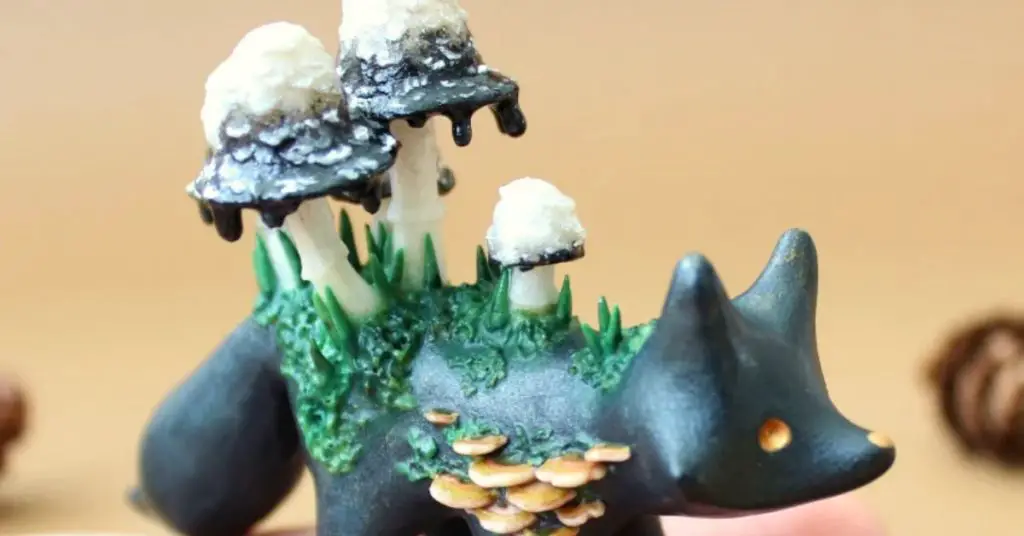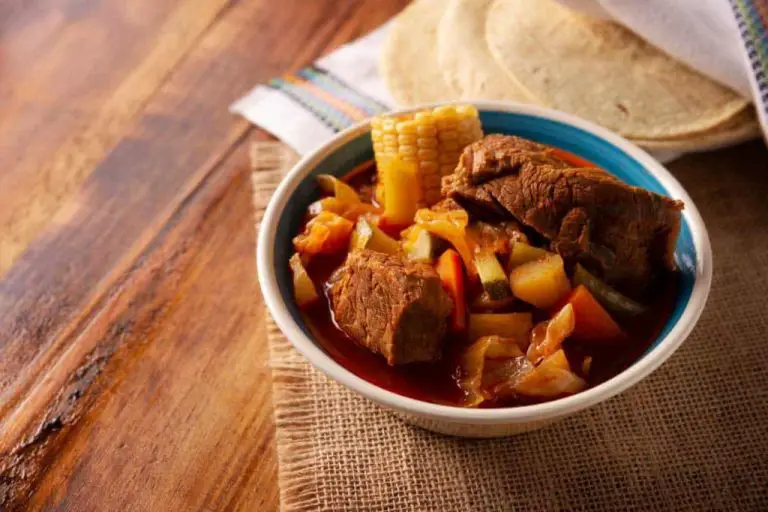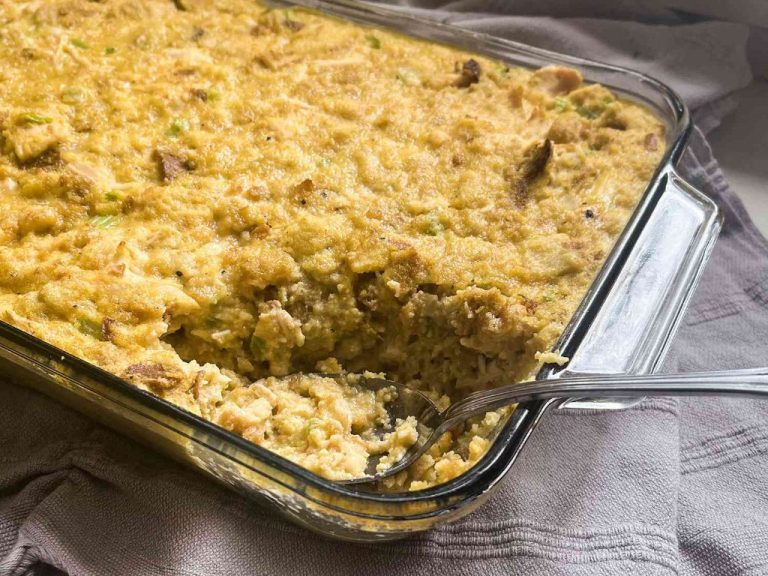What Kind Of Clay Do You Use To Make Sculptures?
Clay sculpting is an ancient art form that allows artists to create three-dimensional works by shaping clay. The practice dates back to prehistoric times, with some of the earliest known clay sculptures being Venus figurines and ceramic vessels created over 20,000 years ago. Today, clay remains a popular medium for sculpture due to its versatility, affordability, and accessibility. With the right techniques, clay can be sculpted into highly detailed and realistic works of art.
When creating sculptures out of clay, one of the most important choices is which type of clay to use. The kind of clay selected affects the entire sculpting process, from the initial shaping of the work to the final finishing and durability. For example, some clays are better for adding fine details while others are more suitable for large sculptures. The clay type also determines the drying time and fragility of the finished piece. Therefore, understanding the properties and ideal uses of different clays is key for sculptors looking to produce quality artwork.
Properties of Clay
Clay has several key properties that affect its use for sculpting, including plasticity, stiffness, and durability. Plasticity refers to clay’s ability to be molded and hold its shape. A clay body with good plasticity can be pushed, pulled, and shaped without cracking or warping. Plasticity is influenced by factors like the clay’s composition and water content. Highly plastic clays are great for sculpting intricate details. Stiff clays hold their shape but are harder to mold. Finding the right balance of plasticity and stiffness is key for sculpting.
Durability determines how fragile the finished sculpture will be. Some clays like earthenware are quite porous and prone to chipping if fired at low temperatures. Stoneware clays are denser and more durable when fired to higher temperatures. Adding grog or fillers can increase durability. The sculptor must consider factors like size, weight, function, and firing process when selecting a clay for its durability properties.
Understanding how properties like plasticity, stiffness, and durability interact allows the sculptor to select the optimal clay for their desired end result. The way the clay responds to tools and techniques impacts the entire creative process from conception to finished piece.
Common Clay Types
There are several types of clay that artists commonly use for sculpting. Here’s an overview of some of the most popular options:
Polymer Clay
Polymer clay is made from PVC resin and a variety of fillers and pigments. It’s a very versatile material that’s lightweight, easy to work with, and requires no firing or baking. Polymer clay remains flexible after hardening and comes in a wide range of colors. It’s great for detailed sculptures, jewelry making, and more.
Oil or Paste Clay
Oil or paste clay is made from linseed or similar oils mixed with fillers like chalk or kaolin. It has a smooth, doughy texture that’s sticky to the touch. Oil clay hardens through a curing process where it dries and oxidizes over time when exposed to air. It’s inexpensive and can be useful for medallions, ornaments, and other decorative pieces.
Earthenware Clay
Earthenware refers to natural, low-fire clay that contains iron and other mineral impurities. It can be painted, stained, or glazed to provide color. Earthenware is porous and brittle after firing. It’s commonly used by hobbyists and students for hand-built pottery and sculptures.
Stoneware Clay
Stoneware clay is stronger and more non-porous than earthenware. It’s fired at higher temperatures ranging from 2,200°F to 2,400°F. The finished material is durable and watertight. Stoneware has excellent sculpting properties and comes in various colors including grey, buff, red, and white.
Porcelain Clay
Porcelain clay is made from the finest kaolin clay and fires up to 2,650°F. It’s highly refined and creates a white, translucent final product that’s smooth, dense, and delicate. Porcelain is ideal for detailed sculptures and figurines. However, it requires careful drying and firing to avoid cracking.
Polymer Clay
Polymer clay is one of the most popular choices for sculpting and modeling detailed figures and objects. According to Firefly Art Supplies, polymer clay has excellent ability to hold fine details and create intricate textures. The clay can be rolled very thin without cracking or distorting. This makes it ideal for adding realistic skin textures, clothing folds, and other subtle elements to sculpture. Polymer clay also comes in a wide variety of colors that can be blended and mixed to achieve custom hues.

Certain polymer clays like Sculpey III are designed to replicate the feel and handling of natural clay while still retaining the benefits of an artificial clay. Polymer clays do not dry out or become brittle when exposed to air like natural clays. The finished sculptures are also lightweight and durable after baking according to manufacturer instructions.
Overall, polymer clays are versatile for detailed sculpting from miniatures to jewelry, figurines, dolls, and more. Their ability to hold fine details makes them one of the top choices for hobbyists and artisans creating highly realistic designs.
Oil or Paste Clay
Oil or paste clay is made from a mix of oils, waxes, and filler powders like kaolin or chalk. Some of the most popular brands of oil clay include Chavant NSP, Monster Clay, and Roma Plastilina (source).
Oil clay is valued for its smooth, creamy texture and ability to retain fine detail. It remains workable and pliable at room temperature. This makes it excellent for sculpting intricate forms and details. Oil clays do not dry out or become brittle, allowing artists to rework sculptures over long periods. The clay is also reusable by warming and re-kneading (source).
A major benefit of oil clay is its strength when cured. Pieces harden as the oils oxidize over time. The cured clay is durable and can be handled without damage. Oil clay is commonly used for maquettes, original sculptures, prototypes, and other models. Its flexibility and strength make it suitable for conceptual work, portraiture, anatomical studies, jewelry, toys, and more.
Earthenware Clay
Earthenware clay is one of the most commonly used clays for sculpting1. It is a low-fire clay that can be fired at lower temperatures, usually between 1500°F – 2000°F. Some key properties and benefits of earthenware clay include:
- Very versatile – can be used for handbuilding, wheel throwing, and sculpting
- Absorbs water easily making it easy to work with
- Dries to a light color ranging from off-white to red/brown
- Relatively inexpensive and readily available
- Good for beginners learning sculpting and pottery
Earthenware has high plasticity meaning it is flexible when wet and easily formed into different shapes. It also has low shrinkage and is less prone to cracking during drying and firing. Some appropriate uses for earthenware clays are sculpting figurines, pots, bowls, decorative pieces, and tiles2.
Stoneware Clay
Stoneware clay is a popular choice for sculptors due to its strength, durability, and plasticity. According to A Love Story Sculpted In Stoneware | Discover How It’s Made, stoneware clay is a versatile, high-quality material that is ideal for ceramic art, sculpture, and pottery. It has excellent resistance to thermal shock, making it suitable for both handbuilding and wheel throwing techniques.
Some key benefits of stoneware clay are its dense, non-porous surface when fired, its ability to hold fine details well, and its durability that allows it to be functional as well as decorative. Stoneware can be fired between 2,200°F to 2,400°F to achieve its characteristic vitrified surface. It comes in various colors like grey, buff, red, and brown. Popular stoneware clay brands used by sculptors include Laguna, Highwater, Standard, and Plainsman.
When working with stoneware clay, it’s important to wedge it thoroughly and let it firm up somewhat from its initial plastic state before sculpting. Sculptors recommend using a wire armature for stability when working on larger stoneware pieces. Finished stoneware sculptures can be left unglazed or finished with a colored glaze. With its strength and versatile nature, stoneware is an optimal choice for sculpting detailed statues, figures, animals, abstract pieces, and functional pottery.
Porcelain Clay
Porcelain clay is a pure white clay made from kaolin that fires at very high temperatures between 2,300°F and 2,500°F. According to Soul Ceramics, porcelain is denser, less porous, finer, more durable, and more translucent than other clays. It has high plasticity, making it easy to sculpt intricate details.
Porcelain is ideal for sculptures and figures because it can capture fine details and has a smooth, glossy finish after firing. The high firing temperature makes it very strong and durable. Porcelain also resists staining and absorption, so sculptures maintain their bright white color. However, porcelain can be prone to chipping if dropped due to its low impact strength. The Ceramic Arts Daily community recommends smooth white stoneware clays for sculpture as they shrink less than porcelain.
Choosing the Right Clay
When selecting the type of clay to use for a sculpture project, there are several factors to consider:
Intended use – If the sculpture will be a decorative object vs. a functional piece like pottery, choose an oil or polymer clay that can be hardened and painted. For pottery or ceramic ware, use an earthenware, stoneware or porcelain clay that can be fired in a kiln.[1]
Level of detail – Polymer clays like Sculpey are great for achieving intricate details. Earthenware clays are more difficult to sculpt fine details with.[1]
Durability – Stoneware and porcelain clays are very durable after firing. Polymer and oil-based clays can degrade over time.
Plasticity – The clay should be malleable enough to sculpt without cracking, but firm enough to hold its shape. Plasticine and oil-based clays have high plasticity.
Color – Choose colored varieties of polymer or oil clay for custom colors. Natural clays come in various earth tones.
Cost – Polymer and oil-based clays are more expensive. Natural clays like earthenware are very affordable.
Consider the characteristics of the clay type, the sculpting methods to be used, and the desired end result when selecting a clay for a project.
Conclusion
When choosing clay for sculpting, it’s important to consider the type of project, desired results, necessary tools, and skill level. The main types of clay used for sculpting are polymer clay, oil/paste clay, earthenware, stoneware and porcelain. Polymer clay is great for small, detailed sculptures that don’t require high heat. Oil and paste clays are ideal for sculpting life-like figures. Earthenware, stoneware and porcelain work well for functional pottery and sculptures fired at high temperatures.
Key factors in determining the best clay type include intended use, desired hardness, required firing temperature, complexity of project, cost, and skill level of the artist. It’s important to select a clay that suits your specific sculpting needs and abilities. With an understanding of the properties and best uses of different clays, you can confidently choose the right material for any sculpting project.




